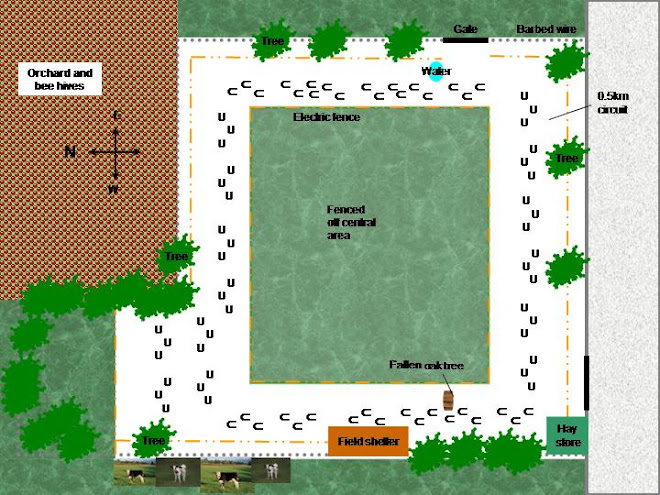'Pretzel' because that was the shape of the shoes on his front feet.
To be honest it is early days yet and there are hurdles to be leapt before this horse has truly robust functional feet. But for any horse just out of shoes he is doing well. For an OTTB with a serious injury in his past and more than a score of races he is doing really well.
It wasn't the easiest deshoe, the nail clenches were buried in the foot and the clips were so tight the hoof was the filling in a sandwich. We got there though and Pretzel walked off better without the metal.
Hooves were a long way from healthy. On the fronts the soles were thin, convex, with some thrush, and thinned hoof walls. Not the worst but definitely on the way. Completely bent out of shape, largely from human intervention and the application of metal.
His person had done everything within their grasp right, including putting him on a more suitable bucket feed for six weeks prior to shoe removal. At present off the shelf hoof boots don't come in his particular shape. So his human was on the case making nappy and duct tape boots (NDB) so Pretzel could negotiate stony ground while his soles were still so thin.
Regular walking in NDB helped stimulate his feet, took him through the pins and needles stage and within four days it was already possible to see an improvement.
 |
| Hind feet - Just deshod to the right, four days post deshoe to the left |
Pretzel in shoes would stand in his field and hardly move. Barefoot Pretzel runs, plays and has a great time. And has been sound enough to school, moving better than ever according to the Instructor.










